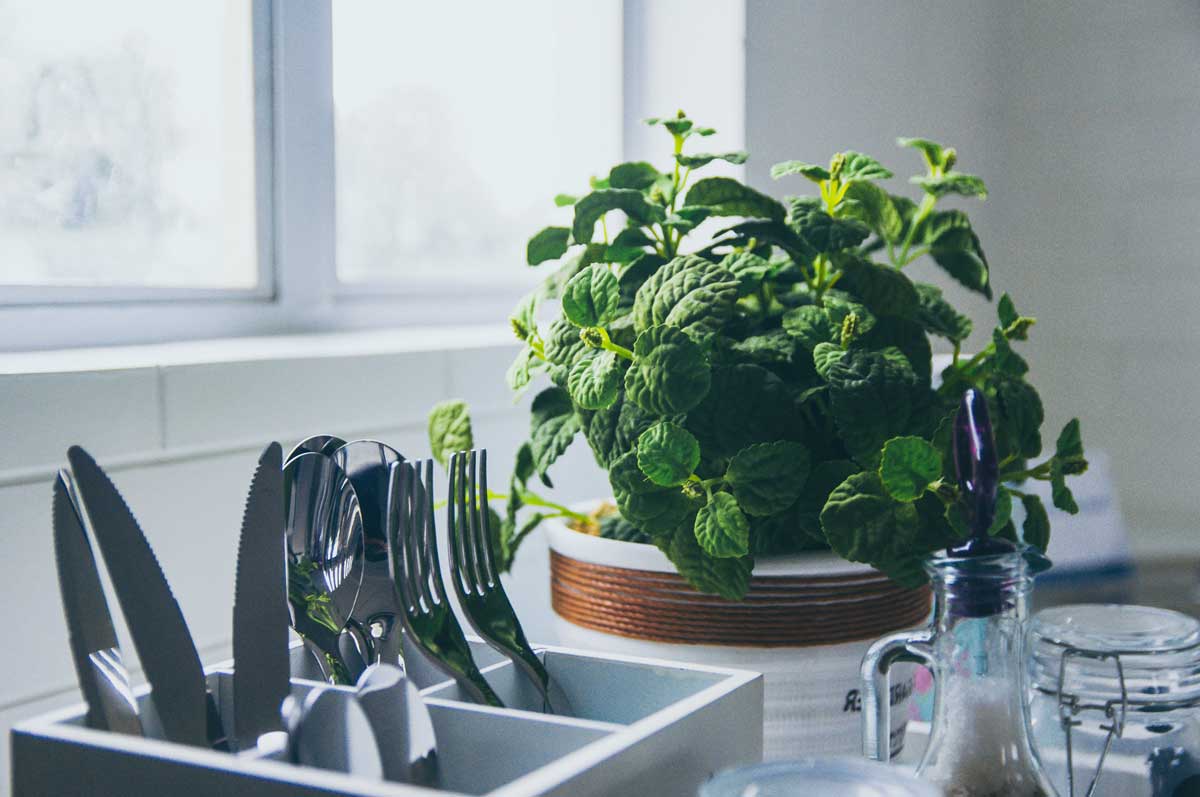
Your house has a huge impact on your health and well-being. When designing a kitchen, many people consider how the space will look, when they should be primarily concerned with how it will function. The design should maximize efficiency and productivity, but it also must promote proper food safety protocols.
Most customers using induction cooktops experience no problems with their appliances, however, a small number of customers using induction cooktops will experience condensation forming in the areas surrounding the cooktop, including the rangehood filters. Firstly, it is important to understand that neither the rangehood nor the induction cooktop are necessarily at fault. In some circumstances, the combination of the rangehood, the induction cooktop, and the many variables within the home can lead to condensation forming on the rangehood filters.
Some of these variables include, but are not limited to: Home location (warmer vs colder climates), the position and layout of the home and kitchen (morning/afternoon sun), the quality of pots and cookware being used, distance from cooktop to rangehood, rapid induction cooktop heating, rangehood ducting angle and the rangehood’s filter size.
Ways to reduce the risk of condensation include making sure the rangehood is turned on 10 minutes prior to cooking and 10-15 minutes after cooking. This will make it more effective at increasing air flow. A rangehood (if on high speed) can stop working effectively if it runs out of air to extract, so venting the home with fresh air will help the rangehood work more efficiently. Follow manufacturers’ instructions regarding installation heights above cooking surface and finally keep lids on pots when cooking.
It is important to match your induction cooktop with a rangehood suited to the amount of cooking you will do in the kitchen. Choose a rangehood that has the largest filter area possible and has an extraction rate over 800m3/hr
We recommend our Flow-in product range which are a combination of downdrafts and induction cooktops in a single unit. Cooking odours are suctioned directly downwards from the hob into the extractor hood. Our 3416 & 3417 models come complete with remote motors so they are quiet to run, but powerful enough to remove any condensation build up. Alternatively, our IK79.6 (60cm) or IK79.9 (90cm) power packs have a large extraction rate of 950m3/hr. They have a detatchable motor which can be placed up to 6 meters away – allowing for cupboards above the cooktop.
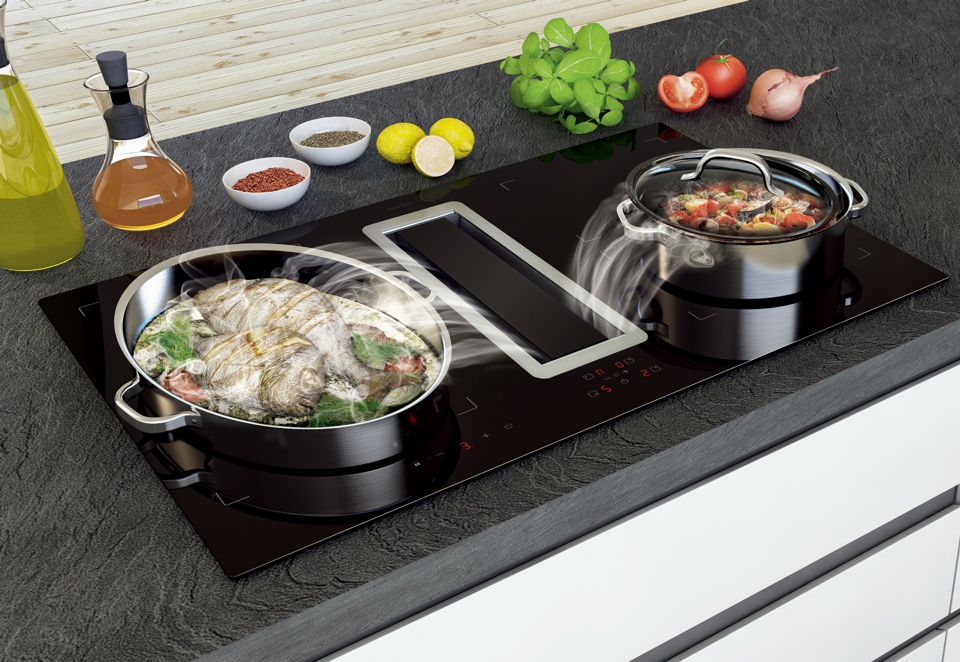
Being food safe is also extremely important for a healthy home. Foodborne illness, or food poisoning, strikes about 200,000 New Zealanders every year*. Hot foods must be stored above 63°C to prevent excessive growth of bacteria. Kleenmaid induction cooktops have a built in function that will keep food at ‘food safe’ temperatures of 70°C which is easily above the recommended 63°C safe food temperature.
*Sourced from New Zealand Food Safety (mpi.govt.nz)
Products featured in this article
-
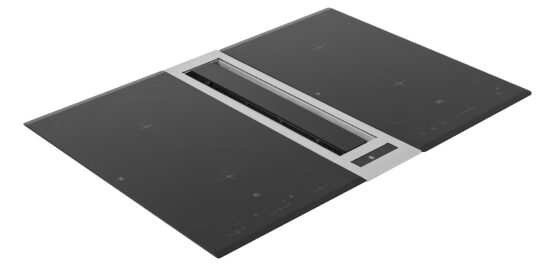 Double-Flow (3417)$4,799.00
Double-Flow (3417)$4,799.00 -
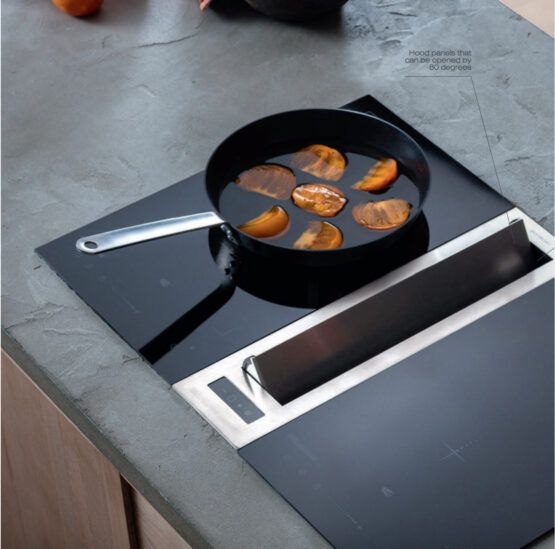 Free-Flow (3416)$4,799.00
Free-Flow (3416)$4,799.00 -
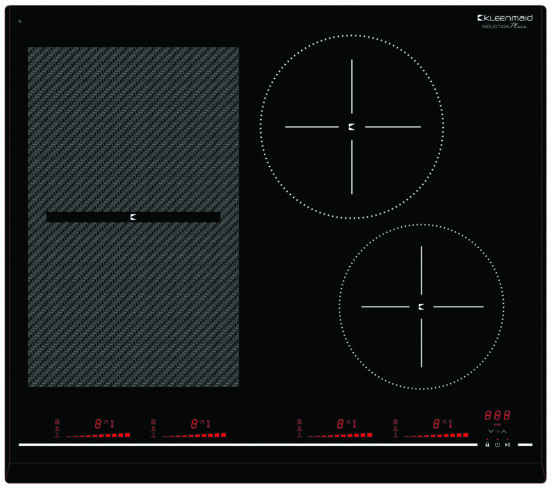 Induction Cooktop 60cm – ICT6021Product on sale$1,999.00
Induction Cooktop 60cm – ICT6021Product on sale$1,999.00 -
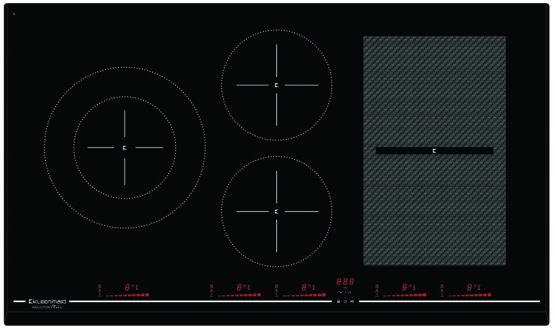 Induction Cooktop 90cm – ICT9021Product on sale$2,999.00
Induction Cooktop 90cm – ICT9021Product on sale$2,999.00 -
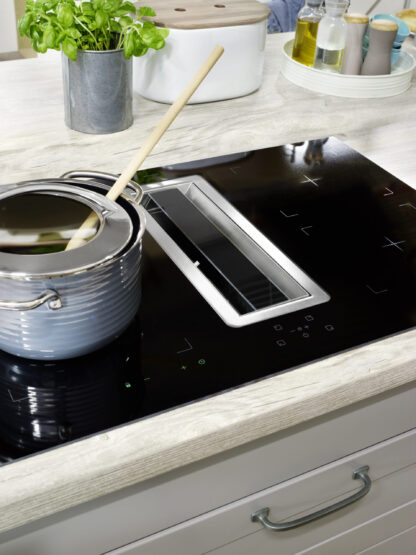 Flow-In 80cm (3413.2)$4,515.00
Flow-In 80cm (3413.2)$4,515.00 -
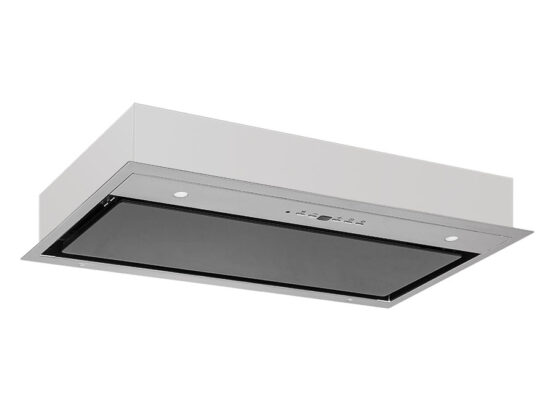 IK79.9 Power Pack$2,259.00
IK79.9 Power Pack$2,259.00 -
 IK79.6 Power Pack$1,957.00
IK79.6 Power Pack$1,957.00
